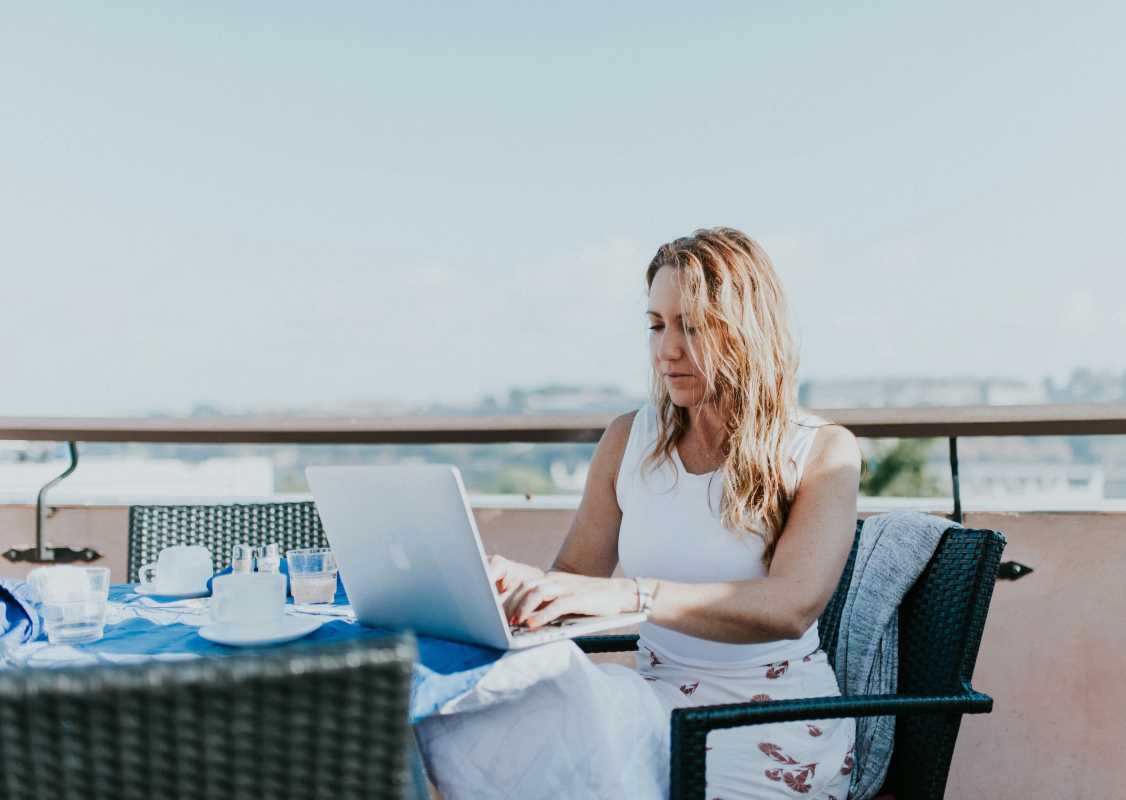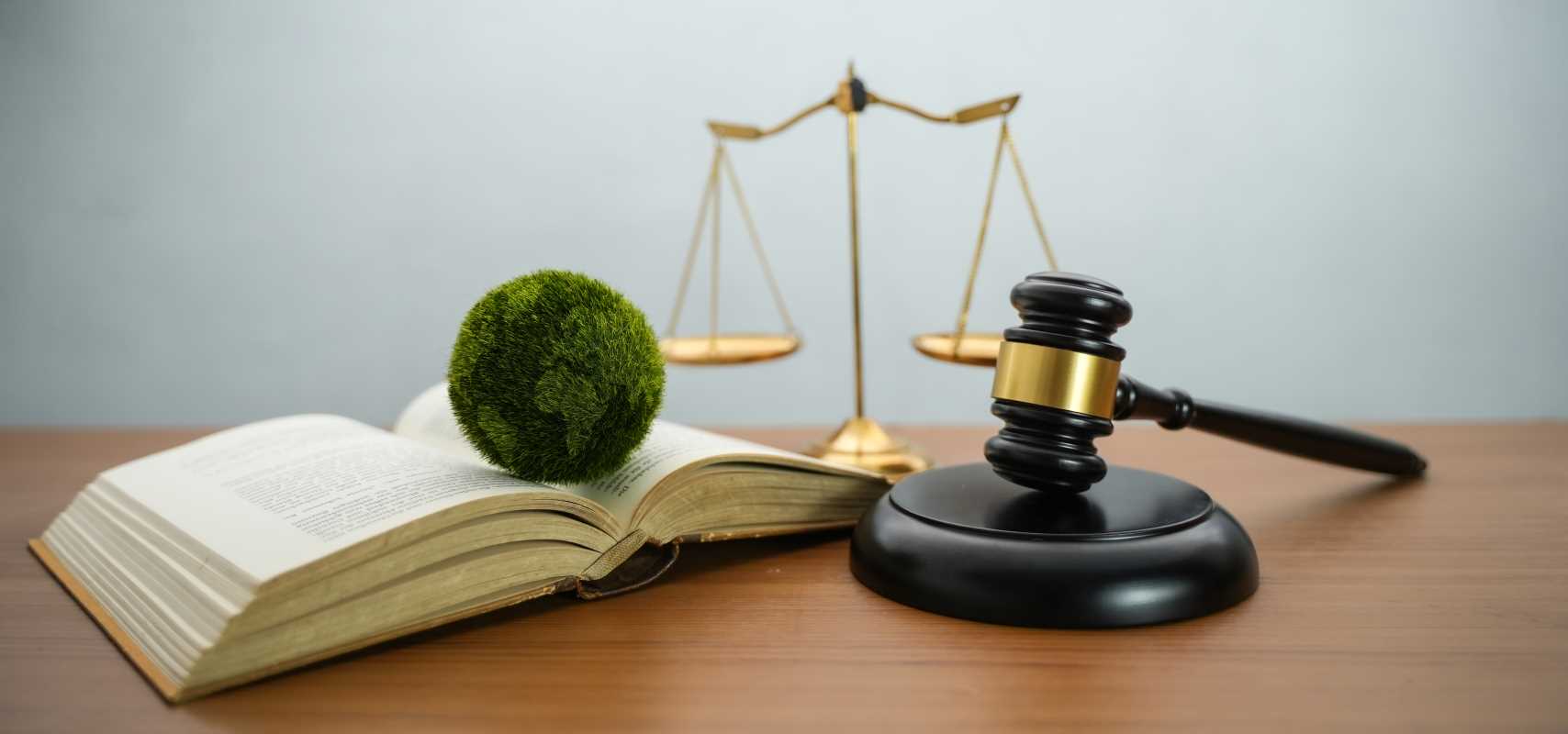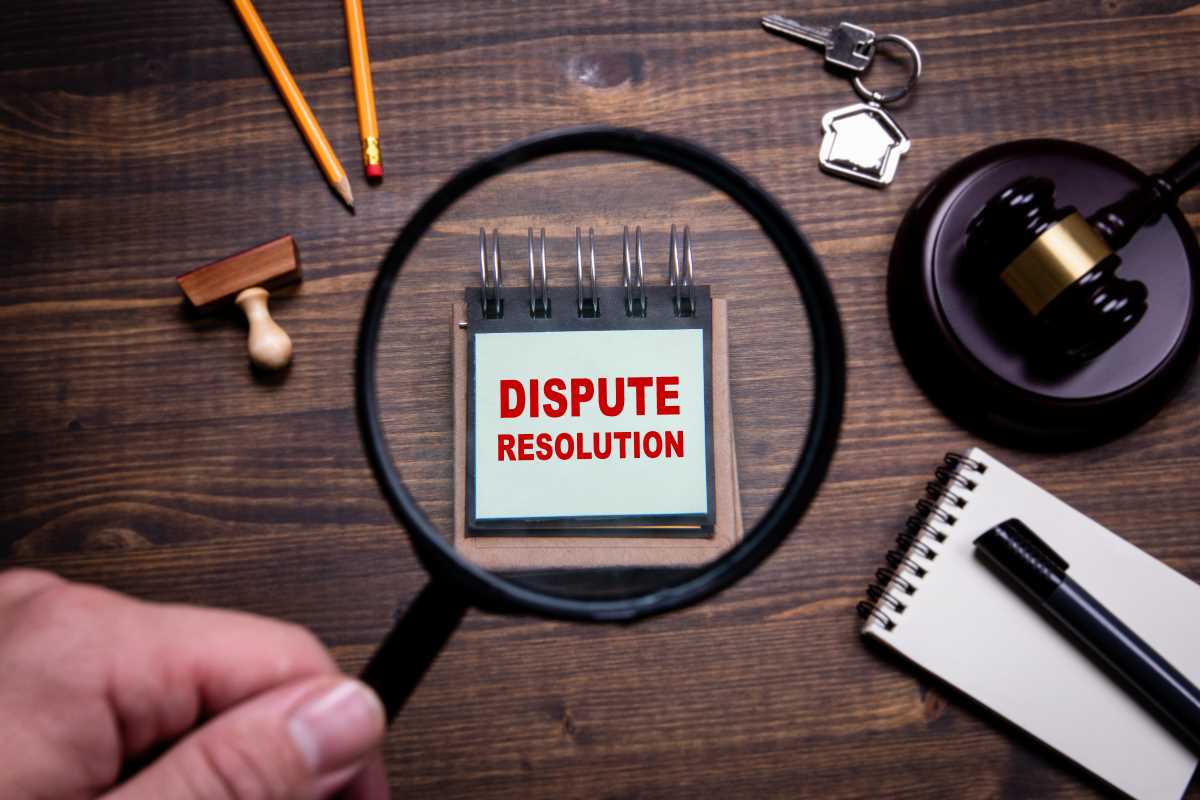Creating original work is rewarding and fulfilling, whether you're an artist, writer, musician, photographer, or any other creator type. However, in today’s digital age, where content can be easily shared and reproduced, understanding copyright laws is crucial to protecting your creations. Copyright protects your intellectual property, ensuring you retain control over its use and distribution. In this article, we’ll look inside the world of copyrights, exploring what every creator needs to know about registering their work, enforcing their rights, avoiding infringement, and helping you safeguard your creative endeavors effectively.
Understanding Copyright Basics
Copyright is a legal right that grants creators exclusive ownership over their original work. When you create something unique—a piece of art, a song, a book, or a photograph—you automatically own the copyright to that creation. This means that you have the sole right to:
- Reproduce your work.
- Distribute copies.
- Display your work publicly.
- Perform your creation.
Example: A photographer who captures an original image owns the copyright and can control its use in prints, advertisements, or online displays.
The Importance of Copyright Registration
While copyright ownership is automatic upon creation, registering your copyright with the U.S. Copyright Office provides additional advantages, including:
- Public Record: Registration creates an official record of your ownership.
- Legal Standing: It allows you to file a lawsuit against infringers.
- Damages Recovery: Registered works are eligible for statutory damages and attorney's fees in court cases.
Example: An author registering their manuscript can pursue legal action if their book is copied without permission.
Fair Use and Copyright Infringement
Fair use is a legal doctrine that allows limited use of copyrighted material without permission for:
- Criticism and Commentary: Using excerpts in a review.
- News Reporting: Quoting from a work in an article.
- Education and Research: Incorporating content for teaching purposes.
However, fair use is nuanced and depends on:
- Purpose: Is it transformative?
- Amount Used: How much of the original work is used?
- Market Effect: Does it harm the original creator's market?
Example: A blogger quoting a paragraph from a novel for a critique may qualify as fair use, but reproducing entire chapters likely does not.
Protecting Your Copyrighted Work Online
The internet makes it easy to share content but also increases the risk of unauthorized use. Here are ways to safeguard your creations:
- Watermarking: Add visible watermarks to images to deter theft.
- Copyright Notices: Include clear copyright statements on your website or publications.
- Digital Rights Management (DRM): Use technology to restrict unauthorized copying or sharing.
- Monitoring: Regularly search for unauthorized use of your work using reverse image search or content tracking tools.
Example: A graphic designer can use tools like Google Image Search to identify unlicensed uses of their designs online.
Seeking Legal Advice
Consulting an intellectual property attorney can be invaluable if your work is infringed upon or you need clarity on copyright law. They can:
- Guide You: Help register your works and understand legal rights.
- Take Action: Draft cease-and-desist letters or represent you in court.
- Advise on Licensing: Ensure your licensing agreements are robust.
Pro Tip: Many attorneys offer free initial consultations to evaluate your case.
International Considerations: Expanding Your Reach
As content becomes more global, protecting your intellectual property internationally is vital. Key tips include:
- Understand Global Laws: Laws differ by country; some require local registration.
- Leverage Treaties: Agreements like the Berne Convention protect member countries.
- Work with Experts: Collaborate with IP specialists who are familiar with international regulations.
Example: A musician releasing an album worldwide should register copyrights in major markets to prevent unauthorized distribution.
Strategic Planning: Maximizing Your Copyright
To maximize the value of your copyright, integrate it into your creative and business strategies:
- Licensing Opportunities: License your work for use in products, media, or merchandise.
- Brand Building: Use copyrighted materials to establish a recognizable brand identity.
- Revenue Streams: Monetize your creations through royalties, print sales, or digital downloads.
Example: Artists licensing their illustrations for use on apparel create a new income stream while maintaining ownership of their work.
By understanding the basics of copyright law, registering your work, and proactively protecting your creations online, you can confidently navigate the world of copyrights. As a creator, these steps ensure your rights are respected, and your original work remains safeguarded. Remember, investing time and effort into protecting your intellectual property secures your creative legacy and strengthens your position in the ever-evolving digital landscape.
 (Image via
(Image via





